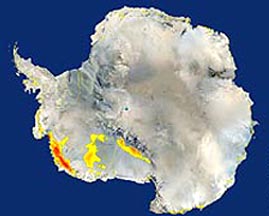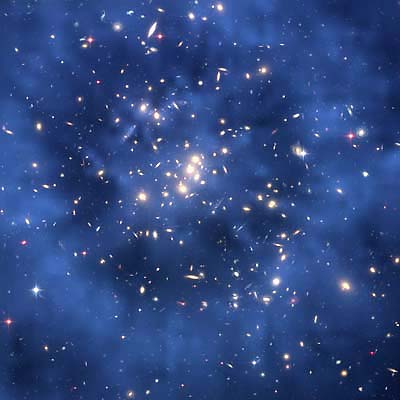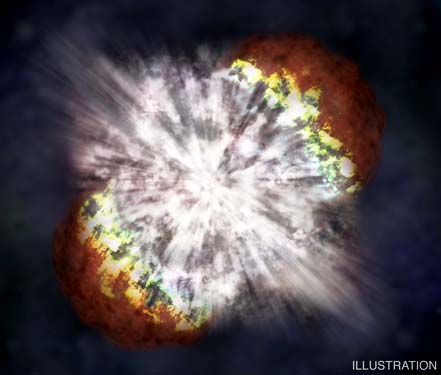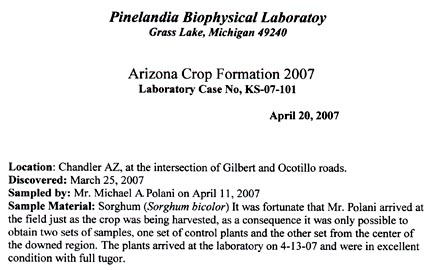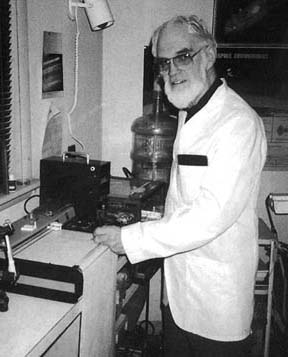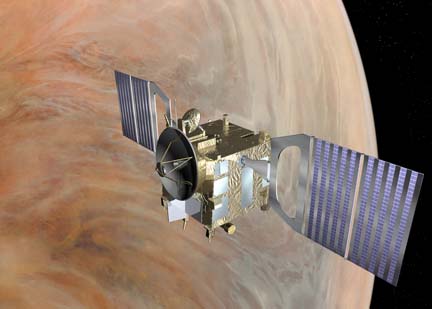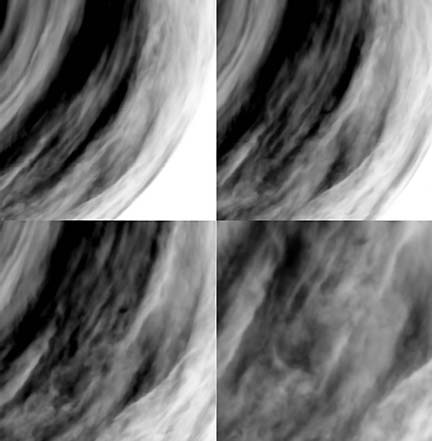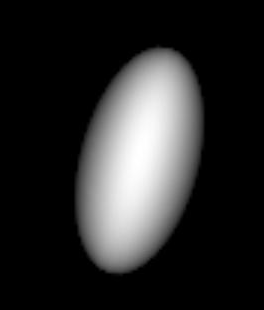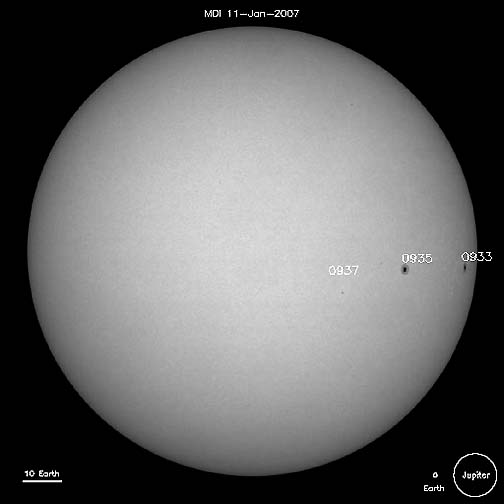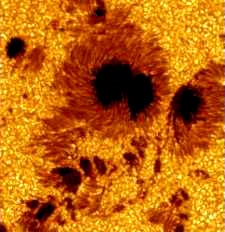“It’s not really so much of a question whether the dangerous tipping point occurs at 450 or 550 ppmv CO2. It’s how do we get the (greenhouse) emissions under control so we don’t push past all the possible points at which the climate change becomes a seriously dangerous issue.”
- Chris Field, Ph.D., Director, Carnegie Institution's Dept. of Global Ecology, Stanford University, Palo Alto, Calif.
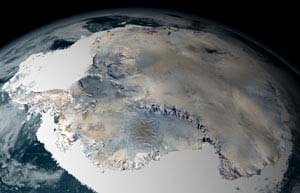
June 1, 2007 New York, New York - The United Nations Intergovernmental Panel on Climate Change reported this year that there is at least a 90% certainty that global warming is man-made and will “continue for centuries.” The IPCC also reports that in coming decades, rising temperatures and rising sea levels will cause floods and mass famine. The implication is that there will be massive dislocations of humans and animals that have traditionally lived near coastlines. Despite the hard data, the George Bush Administration has resisted setting CO2 reduction goals, claiming there would be too many economic hardships for Americans. Ironically, it is the United States, which dominates the world list of greatest CO2 emitters.
Click here to subscribe and get instant access to read this report.
Click here to check your existing subscription status.
Existing members, login below:


